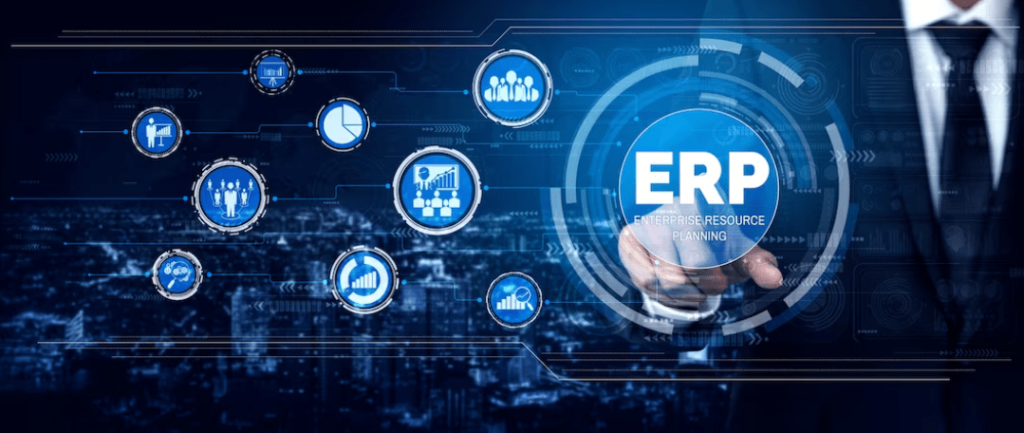
End-to-end ERP (Enterprise Resource Planning) implementation refers to the entire process of planning, deploying, configuring, testing, and finally using an ERP system across an organization. An ERP system integrates various business processes and functions into a single unified platform, aiming to improve efficiency, data accuracy, and decision-making. Here’s an overview of the stages involved in end-to-end ERP implementation:
1. Project Initiation and Planning:
- Define project goals, scope, and objectives.
- Assemble a project team including representatives from different departments.
- Establish a project timeline and allocate resources.
- Identify key stakeholders and their roles.
2. Requirements Gathering:
- Work with various departments to understand their specific needs and requirements.
- Identify existing business processes and pain points that the ERP system needs to address.
- Document functional and technical requirements.
3. System Selection:
- Evaluate and select the ERP software that aligns with the organization’s needs and requirements.
- Consider factors such as scalability, customization options, integration capabilities, and vendor support.
4. Configuration and Customization:
- Configure the ERP system according to the organization’s requirements.
- Customize the software to adapt to specific business processes.
- Map existing processes to the ERP system’s modules and features.
5. Data Migration:
- Cleanse and prepare data for migration from legacy systems.
- Develop a data migration strategy to ensure accurate and complete data transfer.
- Perform data migration and validation to ensure data integrity.
6. Testing:
- Conduct thorough testing of the ERP system to identify bugs, errors, and inconsistencies.
- Perform unit testing, integration testing, and user acceptance testing (UAT).
- Address and resolve issues that arise during testing.
7. Training:
- Provide comprehensive training to users across different departments.
- Train employees on how to use the ERP system effectively and efficiently.
- Offer training resources and documentation for future reference.
8. Deployment:
- Plan the rollout of the ERP system across the organization.
- Implement the ERP system in phases or all at once, depending on the project scope.
- Monitor the deployment process and address any issues that arise.
9. Go-Live and Support:
- Officially launch the ERP system for daily operations.
- Provide ongoing support to users and address any post-implementation issues.
- Monitor system performance and gather feedback from users.
10. Continuous Improvement:
- Continuously assess the effectiveness of the ERP system.
- Gather feedback from users and make necessary adjustments and improvements.
- Consider implementing additional modules or functionalities over time.
11. Change Management:
- Implement change management strategies to help employees adapt to the new system and processes.
- Communicate the benefits of the ERP system and address any resistance.
Successful end-to-end ERP implementation requires careful planning, collaboration among different departments, clear communication, and a commitment to ongoing maintenance and improvement. It’s a complex process that can yield significant benefits when executed effectively. However, it’s important to note that ERP implementation can also encounter challenges, so having a well-defined strategy and experienced project team is essential.
